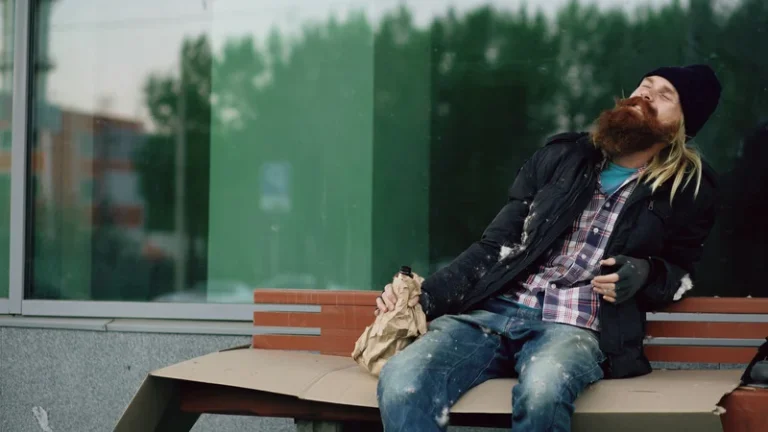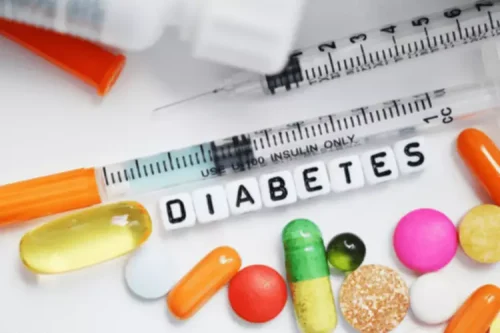Different Types of Peer Pressure: Examples and Coping Strategies

However, it is important to note that peer pressure can also sometimes be positive. Of note, substance use was also predicted by peer pressure susceptibility such that greater susceptibility was predictive of greater alcohol and drug use. Research has long shown peer pressure can increase the risk someone will try drugs, alcohol, or cigarettes. Some people are more affected by peer pressure than others, just as some people are more likely to experience addiction than others.
Peer pressure and sexual intercourse
Many people consider peer pressure a negative thing, but this isn’t always the case. People, especially teens and young adults, may be more likely to do prosocial behaviors when they see people their own age doing the same which of the following is a type of indirect peer pressure? things. For example, research has shown that teens with friends who volunteer are more likely to volunteer themselves. This happens when students have good relationships with other peers who promote academic engagement.
Normative Influence and Heroism
People of all ages are susceptible to peer pressure, and research shows that adults may shift their drinking habits based on peer pressure. However, much of the research on peer pressure focuses on teenagers, due to the idea that they are more vulnerable to peer influence. Here is an activity you can do to become aware of the different types of peer pressure.
These are some negative peer pressure effects:

Healthy supportive family relationships, behaviors that demonstrate responsibility, openness to dialogue, freedom from prejudice, and avoidance of judgment are often components that develop a positive influence on adolescents. Asking a teenager to engage in behavior that goes against his or her moral code or family values is a type of negative pressure. Adolescents see these acts in other young people and are faced with the difficult decision of choosing sides, following the negative leader, and turning away from behavior that goes against their ethical principles.
- This is when a child is forming new friendships and choosing an identity among those friends.
- This happens when students have good relationships with other peers who promote academic engagement.
- Peer pressure transcends age groups and can begin before the first day of school at daycare, playgroup, and more.
- Addressing those gaps could lead to an increase of at least 1.6 million years of quality life and boost the U.S. economy by $28 billion annually by 2040, according to a report published by the American Heart Association and the McKinsey Health Institute (MHI).
- Unspoken peer pressure can play a significant role in substance use.If friends are drinking, smoking, or using drugs, someone who would avoid using these substances on their own may feel that participation will help them fit in with friends.
As a child or a youth, you face peer influence from your classmates, cousins, and friends. As adults, this circle expands to our co-workers, spouse & their family, social media groups, and family & relatives. The desire to fit in and feel like you are part of a group is normal, and most people feel this way sometimes, especially in the teen and young adult years. Peer pressure, that feeling that you have to do https://ecosoberhouse.com/article/the-causes-of-sneezing-when-drinking-alcohol/ something to fit in, be accepted, or be respected, can be tough to deal with. Dealing with this pressure can be challenging, but it’s important to reflect on your own personal values and preferences and make decisions based on those rather than on peer pressure. Parents can be the strongest influence in their child’s life if they understand and are aware of the types of peer pressure their teenager is facing.

Peer pressure is the direct or indirect influence on people of peers, members of social groups with similar interests, experiences, or social statuses. Members of a peer group are more likely to influence a person’s beliefs and behavior. A group or individual may be encouraged and want to follow their peers by changing their attitudes, values or behaviors to conform to those of the influencing group or individual. For the individual affected by peer pressure, this can result in either a positive or negative effect or both.
- The dynamics of a peer group can be a positive influence and assist in establishing healthy and wholesome behaviors that are age-appropriate and socially accepted.
- Chances are your middle schooler probably has given into pressure at some point.
- In other words, teens with friends who smoke are more likely to also smoke.
- Learning how to cope with peer pressure matters as it can help us stand by our values.
